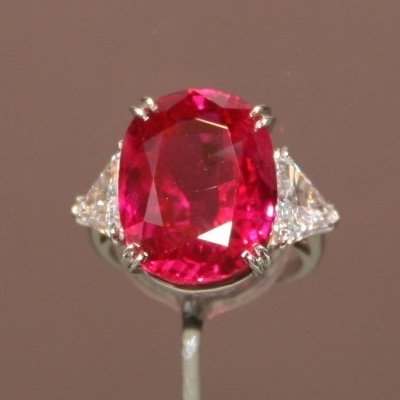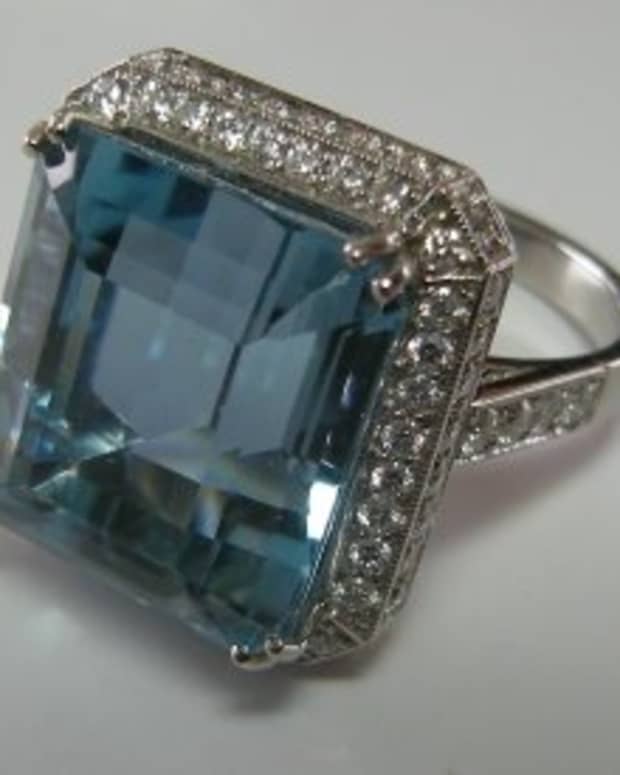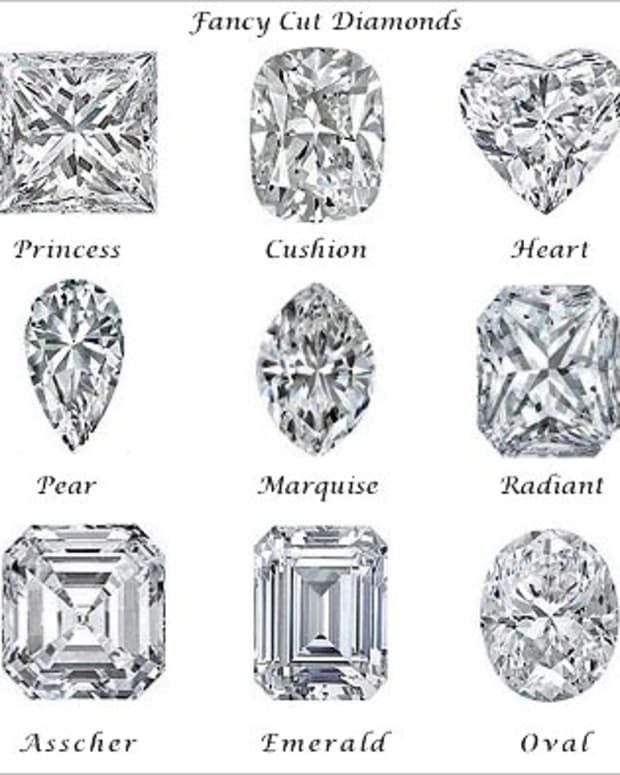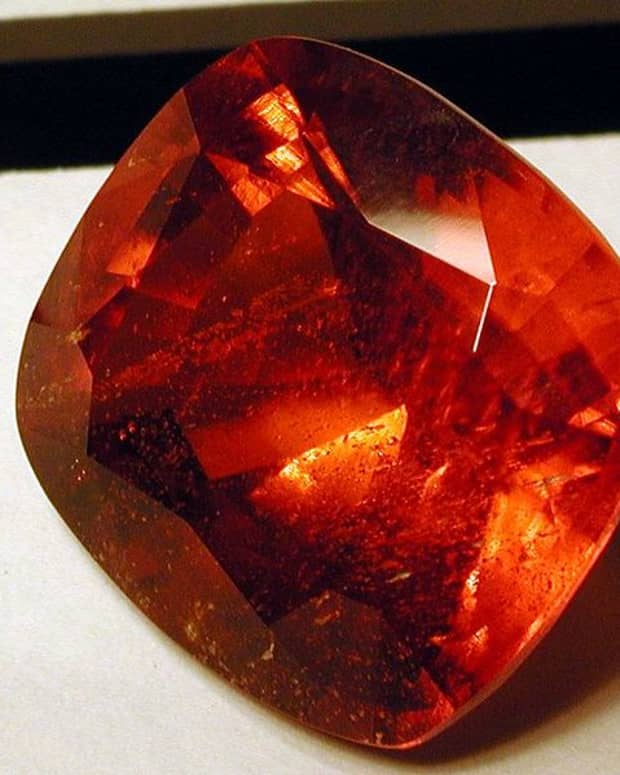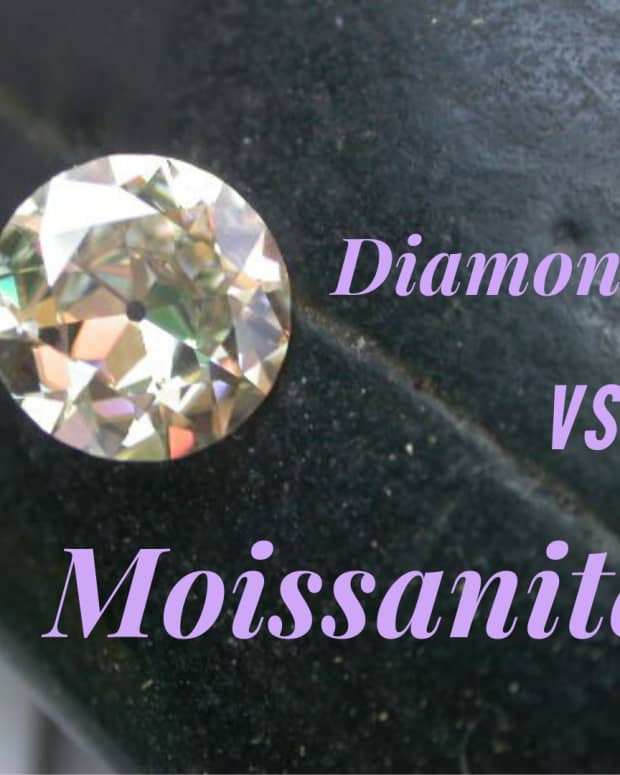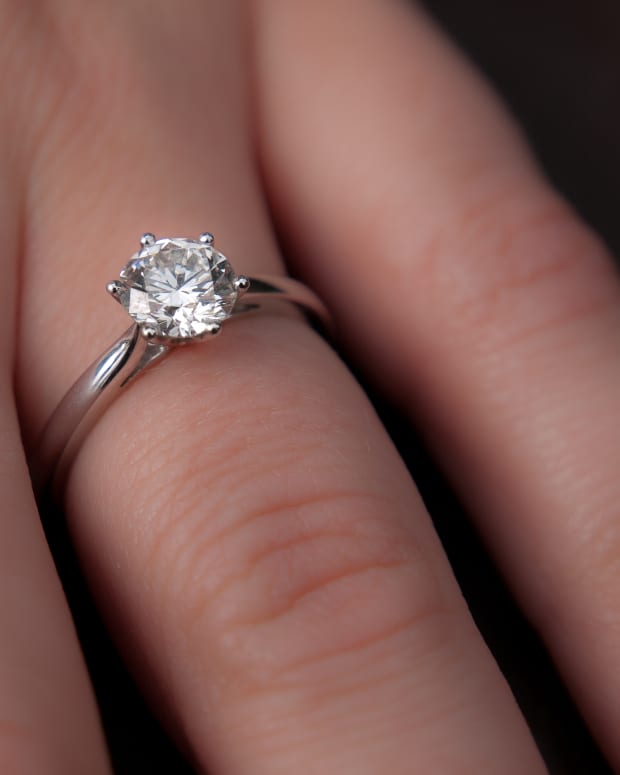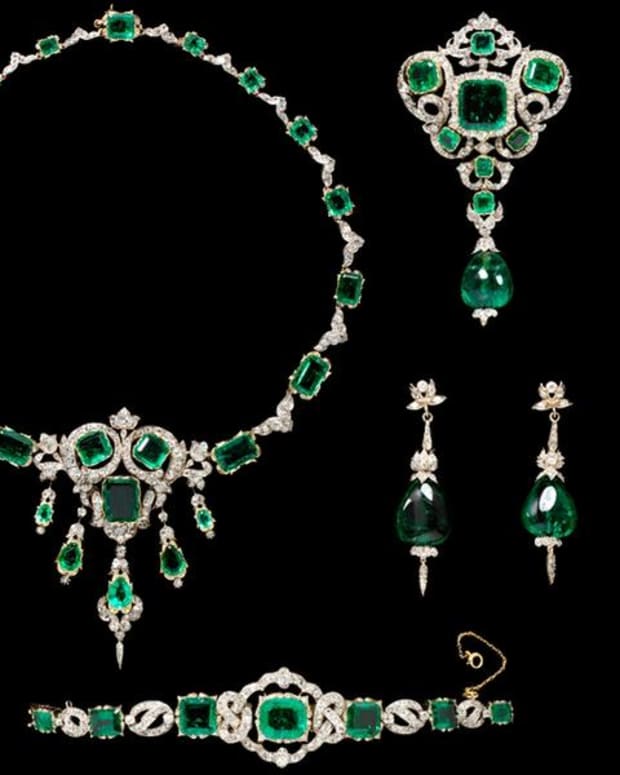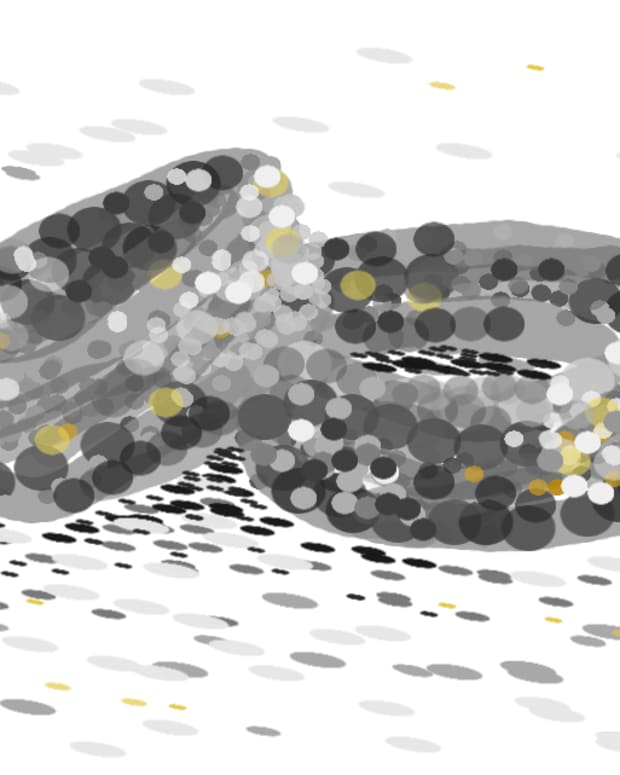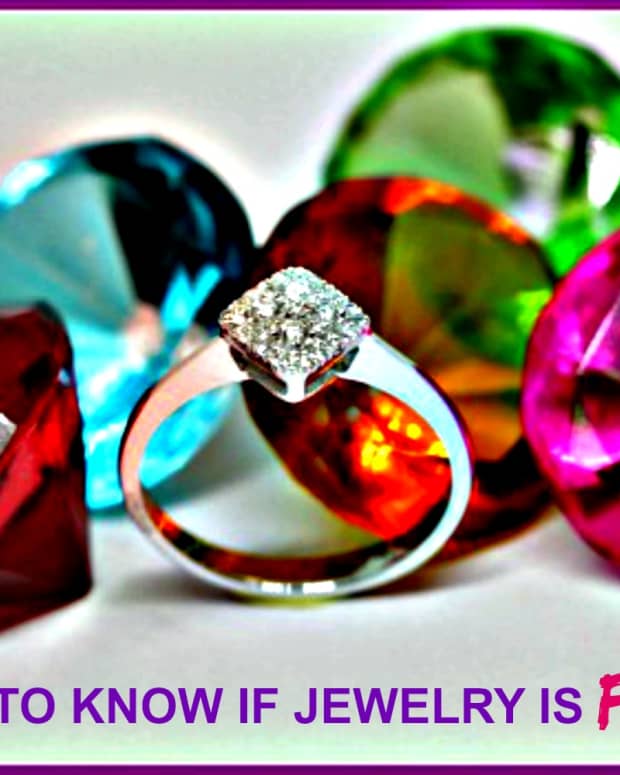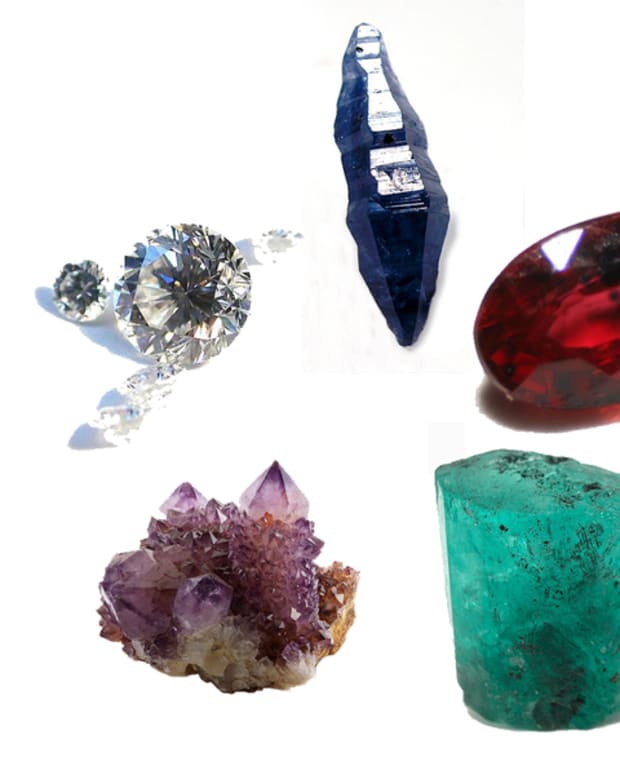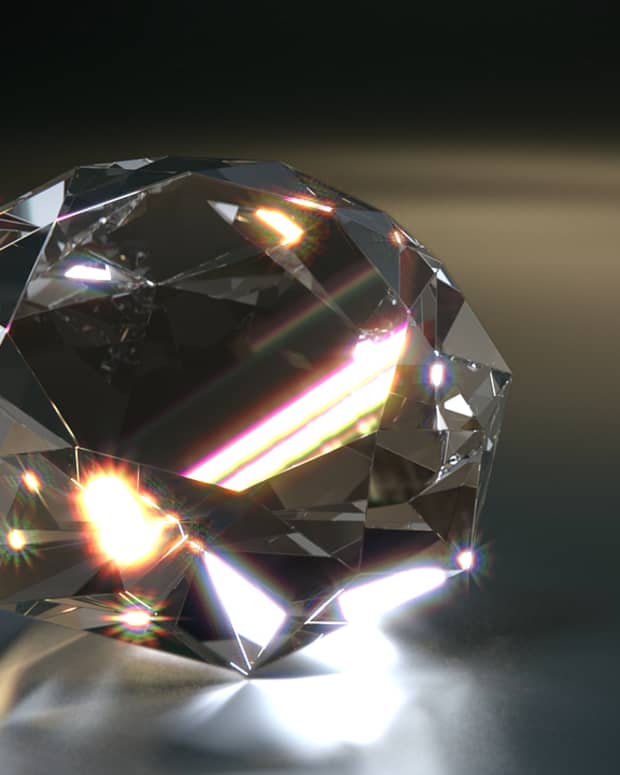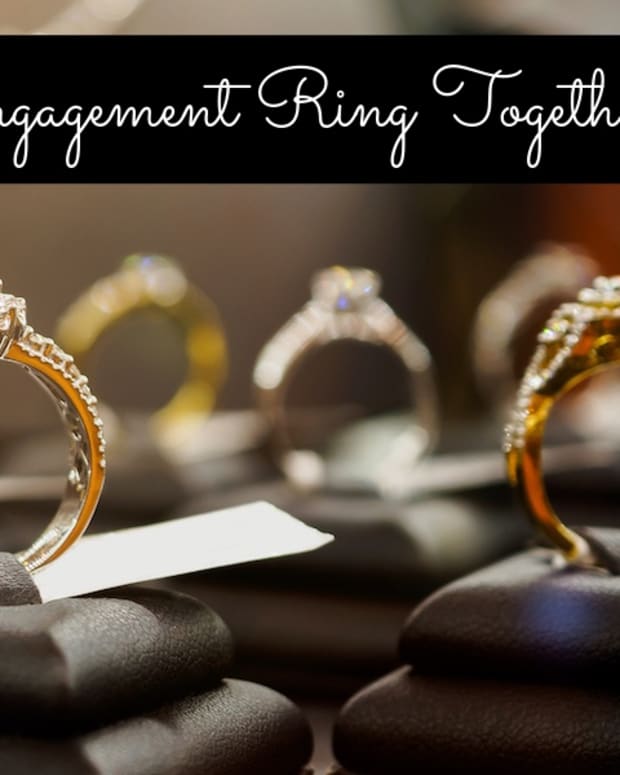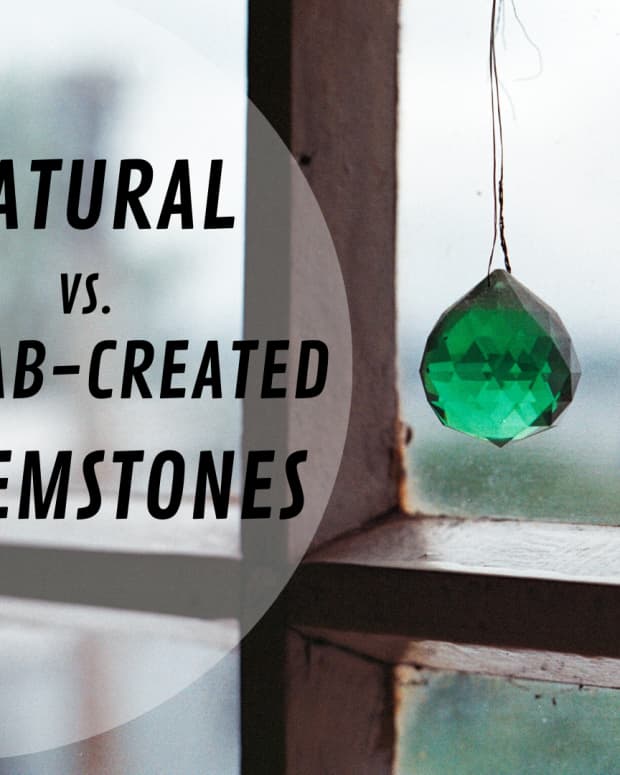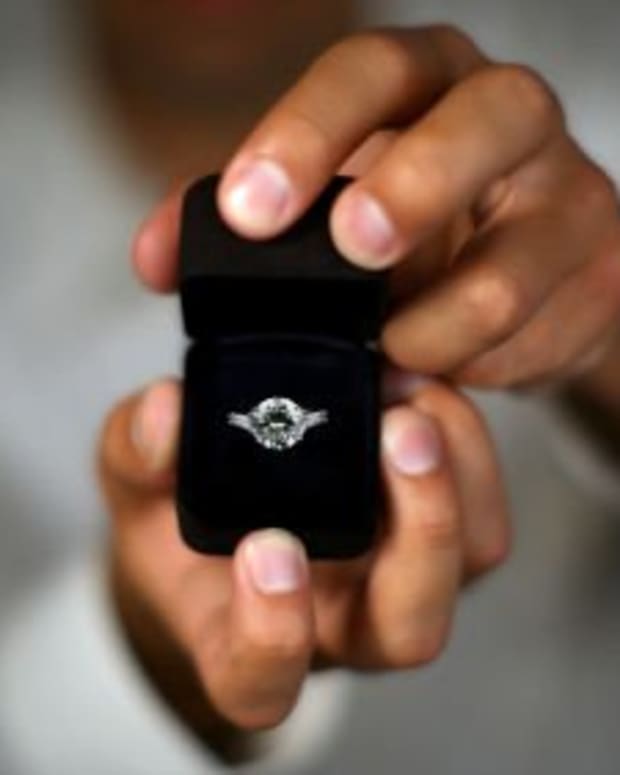Pink Ruby Gemstones vs. Pink Sapphire Gems
Marty has been creating Sterling Silver Jewelry since the early 1980s. Marty has a passion for Vintage Mexican jewelry.
Rubies, Sapphires, Corundum
Rubies and sapphires are both types of corundum. Corundum is very hard as well as quite tough. On the Moh's scale, a scale that ranks the hardness of materials, diamond, the hardest mineral on earth, ranks a 10. Corundum has a Moh's scale of 9.
Mohs Scale of Hardness Explained
The Mohs scale of hardness only measures a gemstones ability to be scratched. The scale goes from 1 to 10 with talc being a 1 and diamond being a 10.
Another consideration when looking at the durability of a gemstone is its toughness. Although diamond can resist scratching from just about any other gemstone, it can easily be chipped if struck against a hard object.
Corundum on the other hand can withstand blows on a hard surface much better than a diamond.
Trace Elements Found in Corundum
Corundum in its purest form is a colorless gemstone. It's the added minerals that give rubies and sapphires their color. Traces of elements such as magnesium, copper, chromium, titanium, and iron all can have an effect on the corundum. It can turn it blue, purple, green, orange, yellow, pink, or in the case of the ruby, red.
Chromium: The Key to Rubies and Sapphires
Rubies and pink sapphires both get their color from traces of chromium that is inside the crystal. The only real difference is the amount of chromium that has taken the place of aluminum atoms in the corundum. The more chromium in the crystal structure, the more red the corundum will become.
The Differences Between Rubies and Sapphires
Scientifically, there is no difference between pink sapphire and ruby other than the amount of chromium present. The amount of chromium present in a pink sapphire is usually lower than 0.5%. The amount of chromium present in ruby is usually higher than 0.9%. So what about the ones that fall between 0.5% and 0.9%?
Read More From Bellatory
Other Factors Affecting Color
Another factor that affects the color of the gemstone is the way it is cut. Depending on the orientation of the crystal when it is cut, the gem could appear different shades of purple or orange. The size of the gemstone also has a great influence on the color of the stone. Larger stones will tend to look darker than smaller ones.
Even Professional Gemologists Dissagree
Major gemology associations continue to disagree as to what defines a ruby vs a pink sapphire.
The Gemological Institute of America (GIA)
The GIA classifies rubies as only those corundum gems that have a dominant red hue. The laboratory grades rubies and sapphires with the use of masterstones to help determine if a gem is a ruby or a sapphire. They still indicate however that the dominant hue is subject to personal perception.
The International Gem Society (IGS)
The IGS list both pink rubies and pink sapphires with the sapphire being lighter in color than the ruby.
Other gemology associations have differing views as to what the two differences are. Some consider any shade or intensity of red to be considered a ruby.
Who Decides What It Is Called?
To make matters even more complicated, there is also controversy between orange sapphires, purple sapphires, and rubies. Each is corundum and each has a certain amount of chromium.
At what point does the pink sapphire become a pink ruby? Basically it comes down to where it was mined and, if it is certified, what the certification company calls it.
If the gem is mined in a location that is known for producing rubies, chances are that the pink gemstone will be called a ruby.
Is It a Pink Sapphire or Pink Ruby?
So, is it a pink sapphire or a pink ruby? It really depends on your point of view. Both ruby and sapphire are one and the same, a beautiful gemstone made of corundum.

